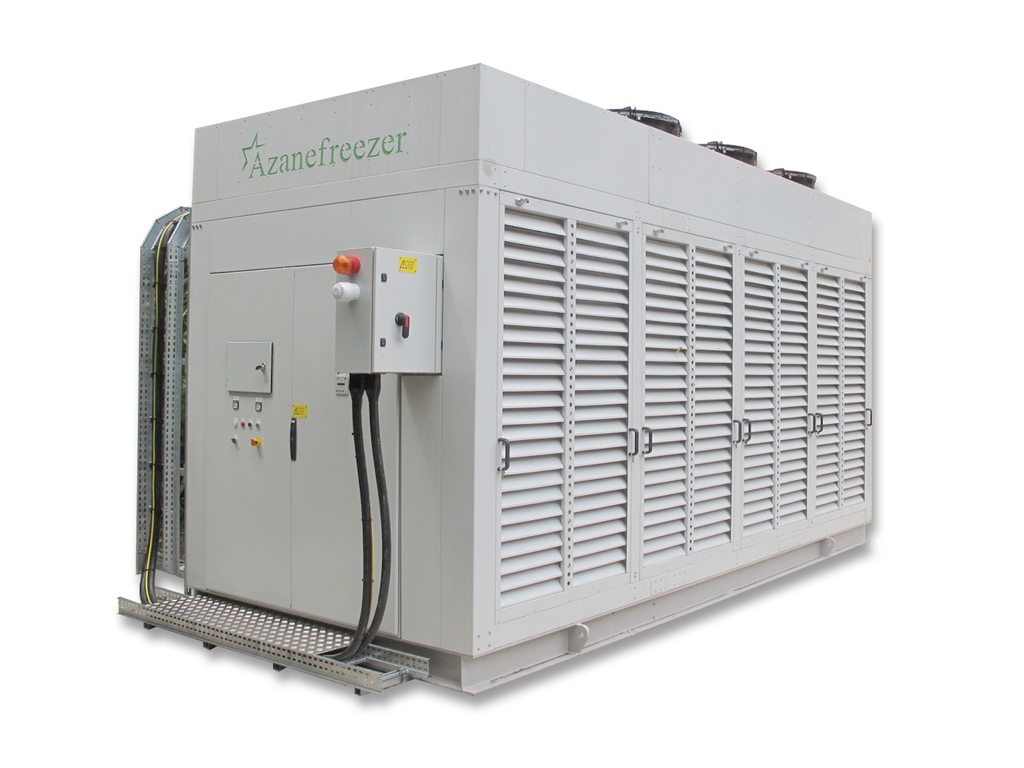

|
Edward Lowton
Editor |


|
| Home> | Plant, Process & Control | >Cooling equipment | >Natural cooling for coldstore |
Natural cooling for coldstore
20 February 2015
Seafood Processor, Pinneys, has switched to a natural ammonia cooling system from Star Refrigeration at its facility in Annan, Dumfries and Galloway.

Until recently, most of the firm’s cooling systems for chilling, freezing and cold storage, operated with synthetic refrigerant R22. This ozone-depleting HCFC refrigerant has been gradually phased out by EU directives and became subject to a ban in Europe from January 2015.
Pinneys approached Star Refrigeration for support in developing an R22 phase-out strategy. This involved reviewing all multi-temperature cooling systems on site and assessing alternative solutions, including retrofit gases, installing new HFC refrigeration equipment and switching to natural refrigerants.
Pinneys required a solution that offered long term cooling security, energy efficiency and a cost effective capital investment. It was vital that the processing facility remained fully operational during the changeover from R22.
A critical part of the Pinneys R22 phase out strategy was the conversion of a coldstore, where frozen product is held at -25°C before further processing. The storage chamber was cooled by two ageing R22 refrigeration systems, housed in separate plant rooms.
Star designed and installed an Azanefreezer system, an air-cooled, ammonia refrigeration plant for cold storage applications. Azanefreezer operates with a very low charge of natural refrigerant ammonia and features Star’s low pressure receiver and high efficiency EC condenser fan control technology.
Star Refrigeration key account manager, Alex Henderson, says: "Our packaged Azanefreezer avoided the need for a new plant room. We were able to position and commission the new coldstore refrigeration plant before decommissioning the existing equipment. Overall, we have reduced the amount of refrigeration equipment on site and have improved both operating temperatures and efficiency.”

















